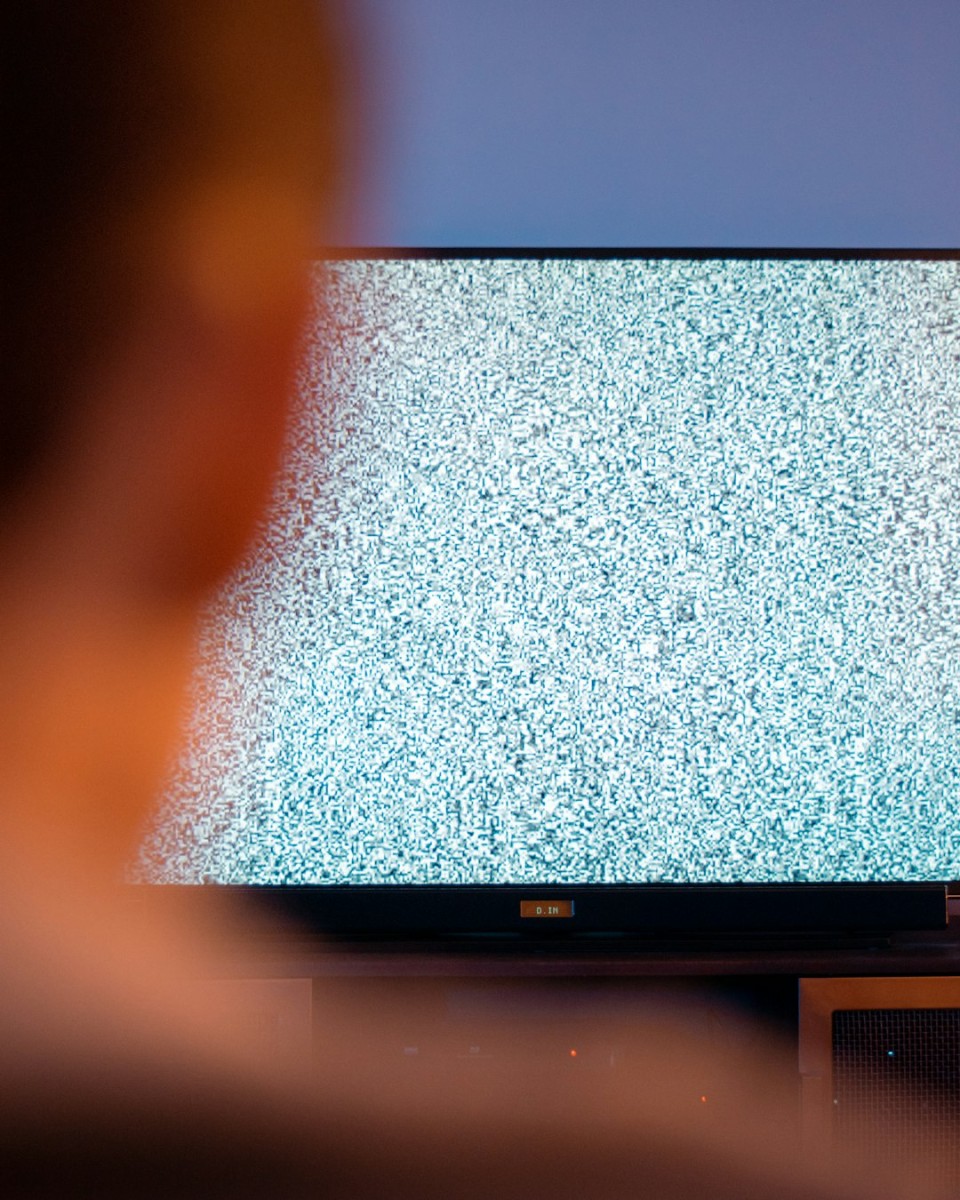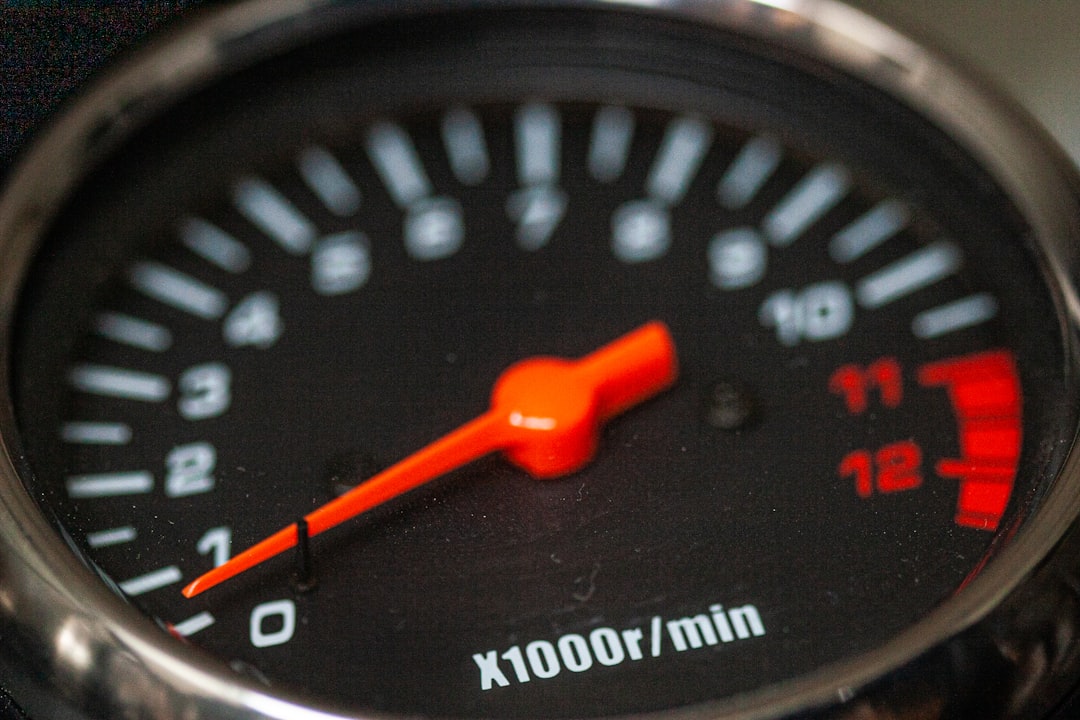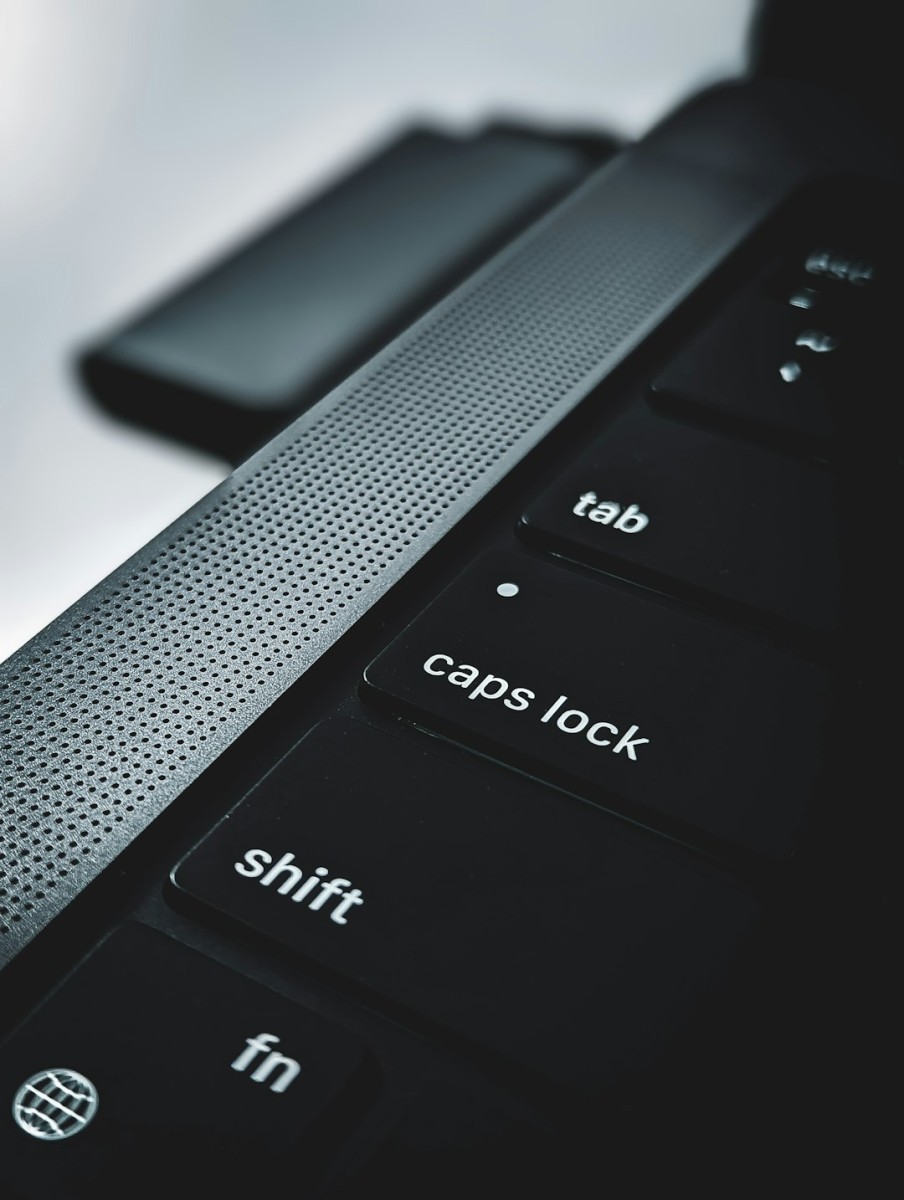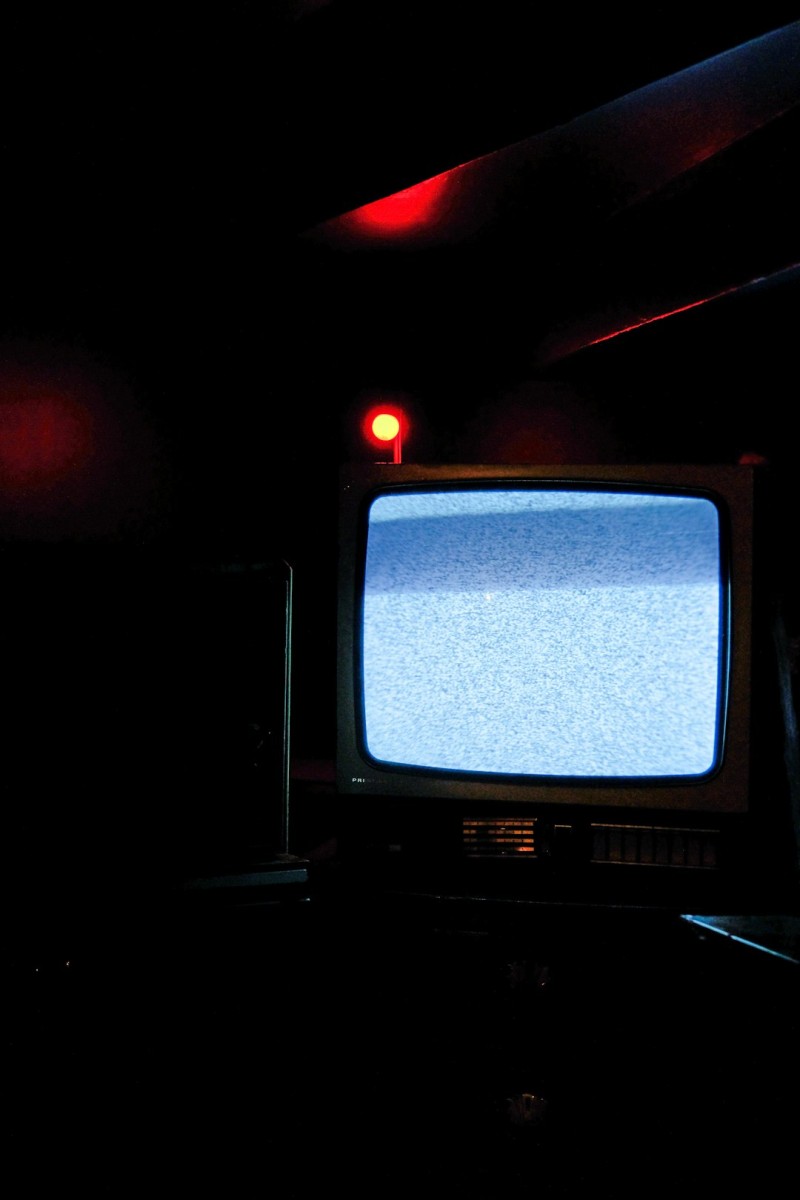Streaming at 720p vs 1080p: Bandwidth, Quality, and Data Caps
Let’s face it — everyone loves streaming. Whether you’re binge-watching your favorite series, catching a live concert, or relaxing with cat videos, streaming is part of everyday life. But there’s a big question that pops up often:
Should I stream in 720p or 1080p?
It may seem like a small difference. Just a few numbers, right? But these two resolutions can make a big impact on your experience, bandwidth usage, and internet bill. Let’s break it down and make it simple.
What Do 720p and 1080p Mean?
These numbers refer to video resolution—how sharp and clear the picture looks on your screen.
- 720p: This means the video is 1280 pixels wide and 720 pixels tall. It’s called HD (High Definition).
- 1080p: This means the video is 1920 pixels wide and 1080 pixels tall. It’s called Full HD.
So yes, 1080p has more pixels, which usually means a better image. But there’s more to the story than just sharpness.
Streaming Quality: Does 1080p Always Look Better?
Not always. It depends on your screen size, your device, and how close you’re sitting to your screen.
- On a small phone screen, 720p and 1080p may look exactly the same.
- On a big 55-inch TV, you’ll easily notice the difference. 1080p will be clearer.
- If your internet is slow, 1080p might buffer or look choppy. Then 720p will actually look better.
Sometimes less is more, especially if your internet is struggling to keep up.

Bandwidth: How Much Internet Do You Need?
Streaming video uses bandwidth — a fancy word for the amount of data that moves over your internet connection. Here’s what you need for smooth streaming:
- 720p: Usually uses about 1.5 to 3 Mbps
- 1080p: Needs around 4 to 6 Mbps
Makes sense, right? More pixels = more data = more bandwidth.
If your internet speed is under 5 Mbps, 1080p can cause trouble. It might pause every few minutes, and that’s super annoying when you’re deep into a thriller.
Data Usage: Watch Out for Data Caps
Streaming isn’t free — at least when it comes to your data. Many internet providers have data caps. If you go over your limit, they might charge you extra or slow down your speed.
Here’s what you might use in one hour of streaming:
- 720p: Around 1 to 2 GB per hour
- 1080p: About 2 to 3 GB per hour
That adds up fast. Watch 3 hours in 1080p? That’s up to 9 GB! If you have a 1 TB data cap, regular streaming can eat a big chunk of that each month.

Performance on Mobile Devices
If you’re on your smartphone or tablet, streaming in 720p almost always makes more sense.
- Saves mobile data
- Loads faster
- You probably won’t notice a quality difference
Even streaming services often limit the video resolution on mobile to 720p or lower to avoid draining your data plan.
Popular Streaming Platforms: Their Default Resolutions
Not all platforms behave the same. Here’s how some major ones handle the 720p vs. 1080p situation:
- Netflix: Lets you choose the streaming quality (on select plans). 1080p is not always available on basic plans.
- YouTube: Gives you manual control. You can choose between 720p, 1080p, and more.
- Disney+ and Hulu: Auto-adjust based on your bandwidth.
- Twitch: Many streamers broadcast in 720p to ensure smoother playback for all viewers.
Platforms care about your experience, so many try to balance quality and speed by detecting your internet strength and adjusting the resolution automatically.
So, Which Should You Choose?
If you’re wondering which to pick, here’s a simple guide:
- Use 720p if:
- You’re on a mobile device
- Your internet is slow
- You want to save data
- You’re sharing your Wi-Fi with lots of people
- Use 1080p if:
- You have fast internet (5+ Mbps)
- You’re watching on a big screen
- You want crisper details, especially in movies and sports
It’s really up to your situation. The best quality only works if your connection can handle it!
Pro Tips to Make the Most of Your Streaming
- Connect through Wi-Fi instead of cellular data whenever possible.
- Lower the resolution when you’re on a limited data plan.
- Run a speed test if you notice buffering — don’t just blame the platform!
- Pause other downloads when streaming on lower bandwidth connections.
Final Thoughts: It’s All About Balance
There’s no single right answer. 720p and 1080p both have their sweet spots. The key is to match the resolution to your:
- Device size
- Internet speed
- Data limits
- Viewing habits
If you want rich detail and have the bandwidth — go for 1080p! But if you want smoother streaming without fears of bill shock, 720p is your friend.
So, the next time you’re reaching for the “quality” option under your video, you’ll know exactly what to do. Happy streaming!



